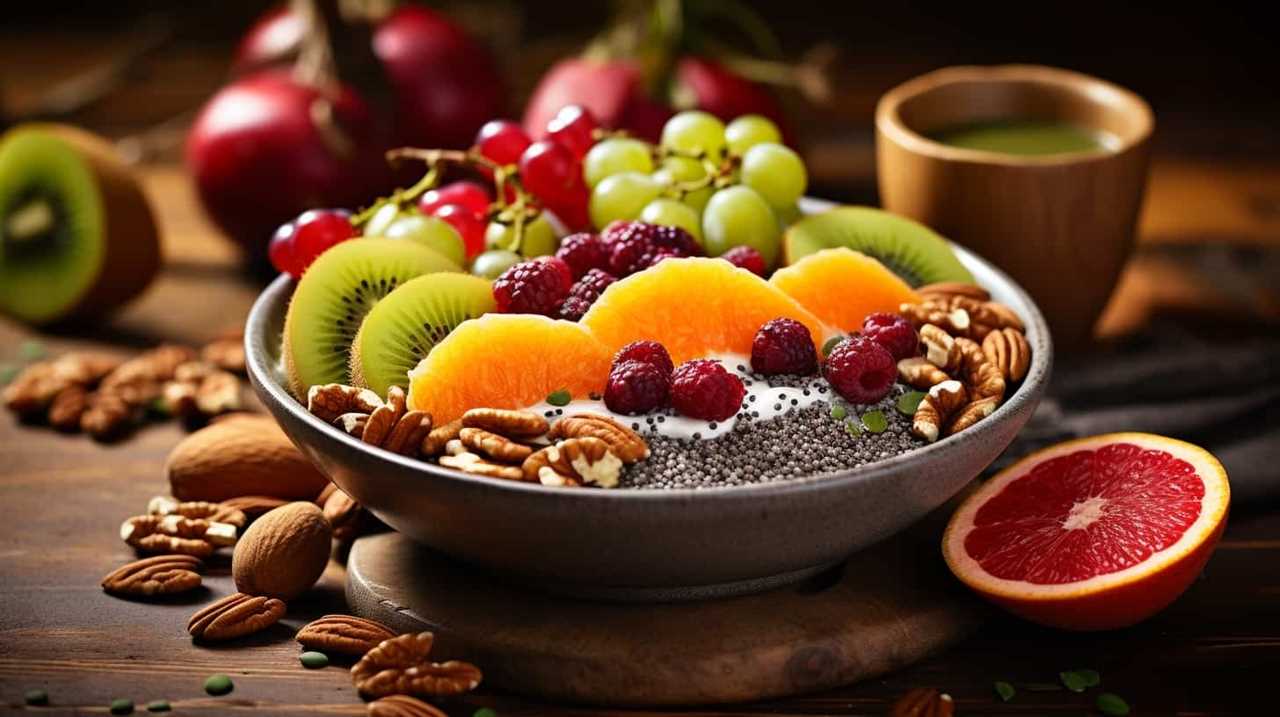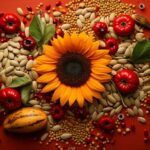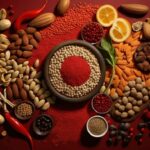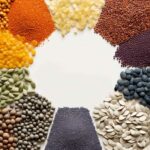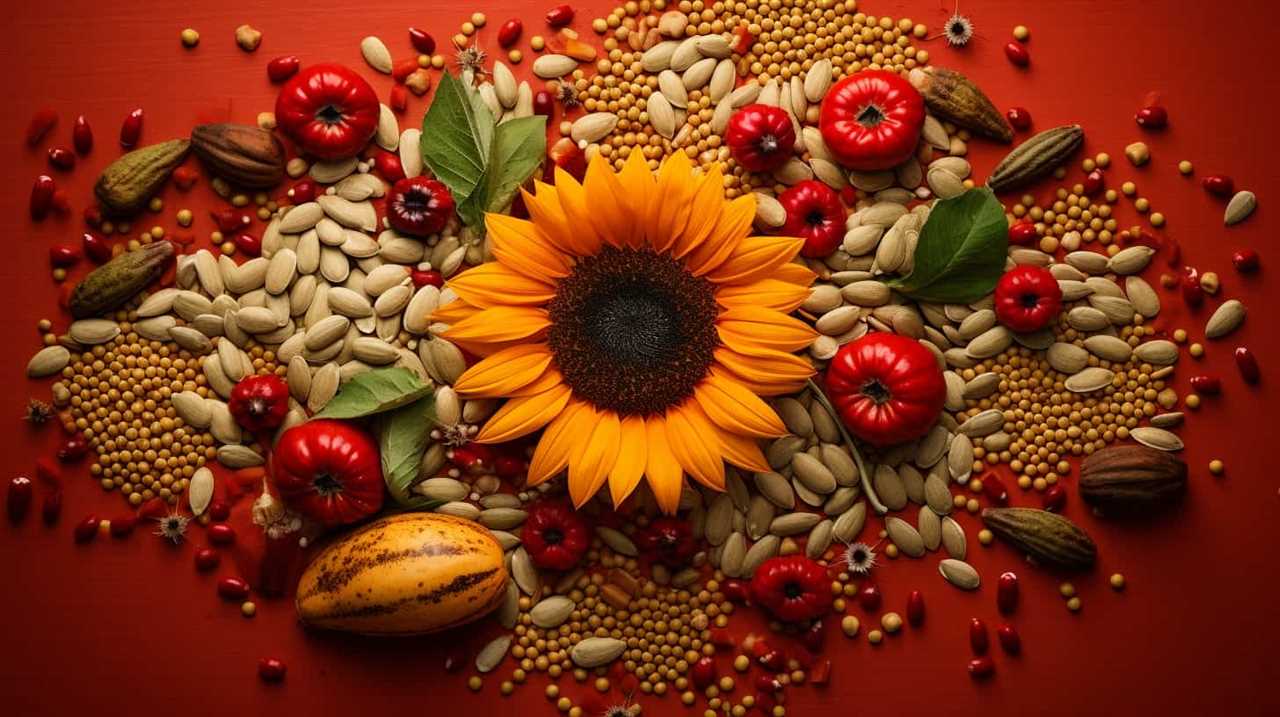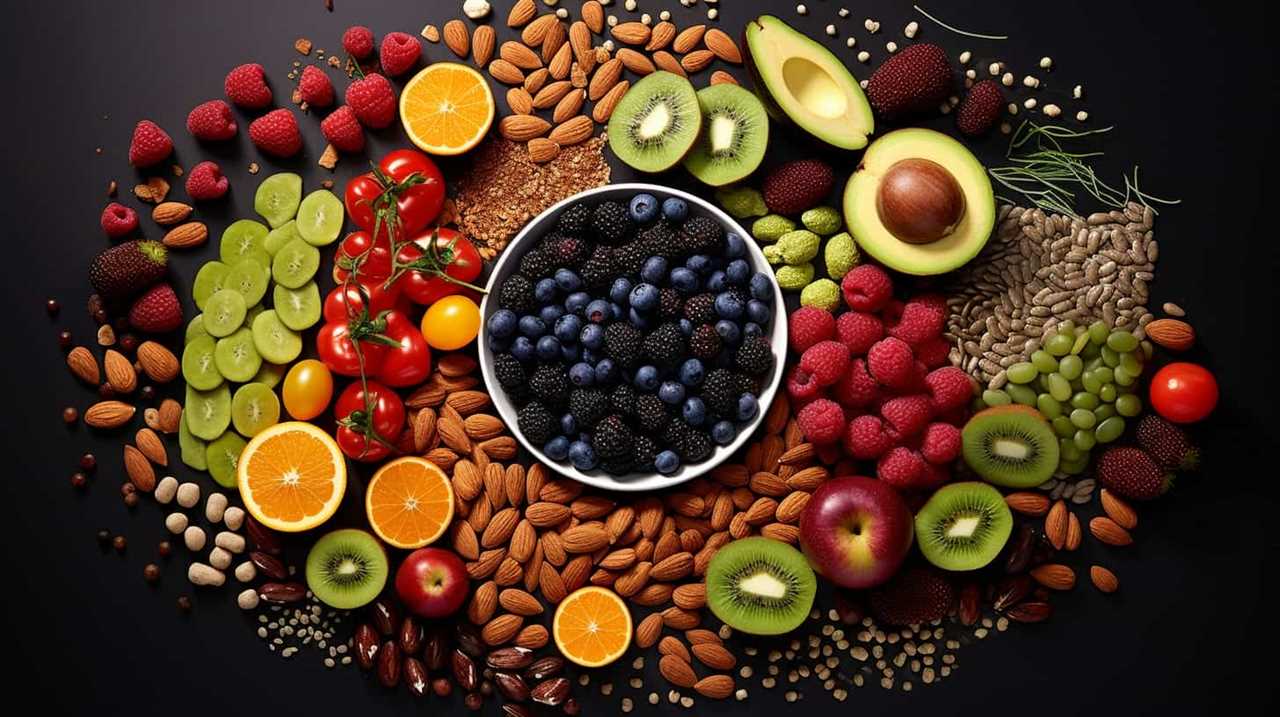We are thrilled to share a secret with you – gluten-free breakfasts can be delicious and nutritious!
In fact, did you know that incorporating tiny powerhouses like chia seeds into your morning meal can provide a whole host of benefits? From boosting energy levels to aiding digestion, these little seeds pack a big punch.
Join us as we explore some quick and easy gluten-free breakfast recipes that will leave you feeling satisfied and ready to tackle the day ahead.
Key Takeaways
- Chia seeds are a tiny powerhouse ingredient that can be incorporated into gluten-free breakfast recipes.
- Chia seeds are high in fiber, omega-3 fatty acids, antioxidants, and essential minerals, making them a nutritious addition to breakfast.
- Chia seed pudding, smoothies, and yogurt parfaits are delicious and versatile ways to incorporate chia seeds into a gluten-free breakfast.
- Tips for incorporating chia seeds into breakfast include starting with small amounts, soaking them in liquid, experimenting with flavors, and preparing breakfasts in advance for convenience.
Benefits of Chia Seeds in Gluten-Free Breakfasts
In our gluten-free breakfast recipes, we’ve discovered the incredible benefits of using chia seeds. Chia seeds are tiny powerhouses packed with essential nutrients that can enhance our overall health.
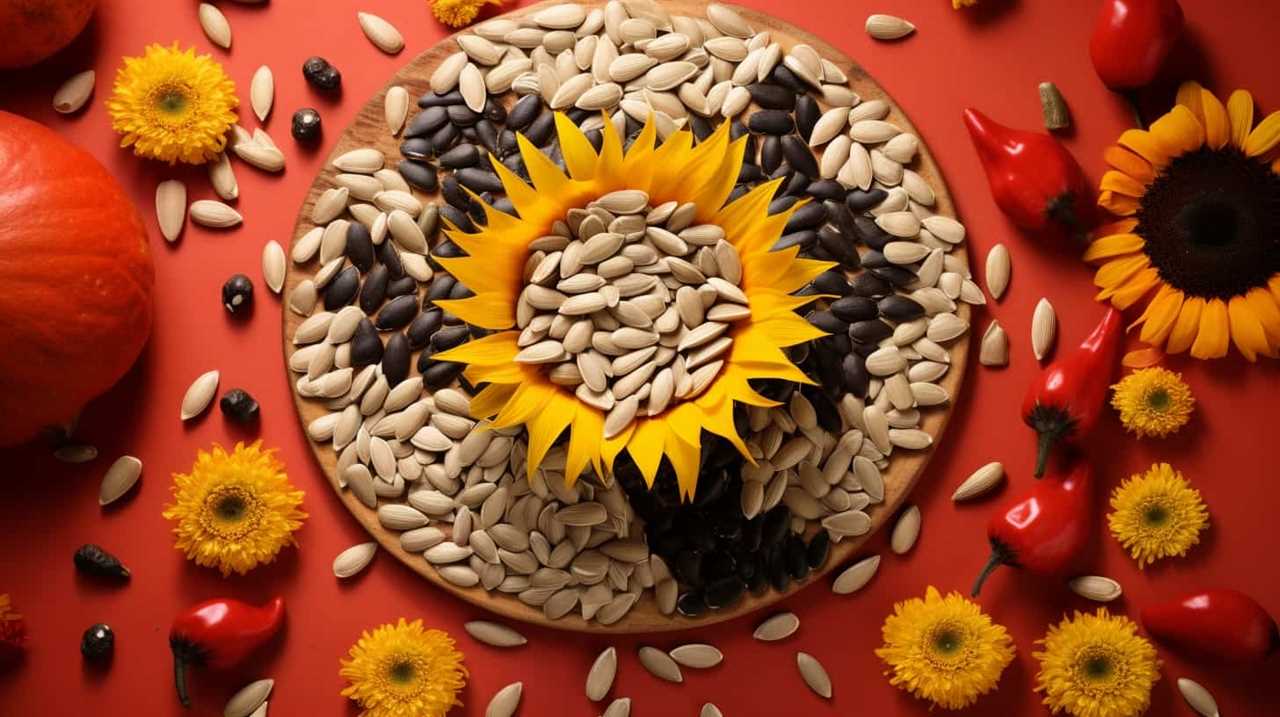
These seeds are rich in fiber, protein, and healthy fats, making them a perfect addition to a weight loss diet. The soluble fiber in chia seeds helps promote feelings of fullness, reducing the urge to overeat. Additionally, chia seeds contain omega-3 fatty acids, which have been shown to reduce inflammation and support heart health.
Incorporating chia seeds into our morning meals can provide a boost of energy and keep us satisfied throughout the day. To make the most of chia seeds, try adding them to smoothies, yogurt, or oatmeal for a nutritious and delicious breakfast option.
Quick and Easy Chia Seed Breakfast Recipes
We love incorporating chia seeds into our morning meals with these quick and easy breakfast recipes.
Chia seed pancakes are a delicious and nutritious way to start your day. Simply mix chia seeds with your favorite pancake batter and cook as usual. The chia seeds add a boost of fiber and omega-3 fatty acids to your pancakes, making them a healthy choice.
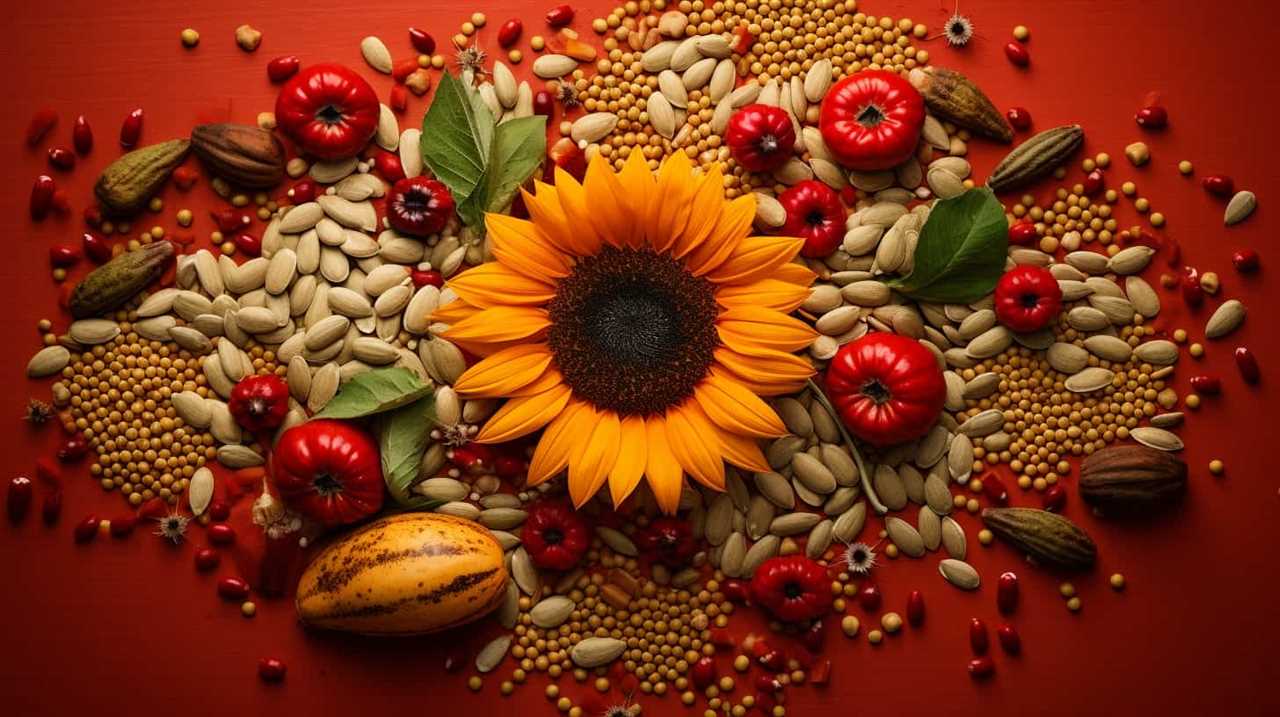
Another great option is chia seed overnight oats. Mix chia seeds with oats, milk, and your choice of sweetener, then let it sit overnight in the refrigerator. In the morning, you’ll have a creamy and satisfying breakfast that’s packed with nutrients.
Chia seeds are a versatile ingredient that can be easily incorporated into your morning routine for a healthy and delicious start to the day.
Chia Pudding: A Delicious Gluten-Free Option
Our favorite way to enjoy chia pudding is by adding a variety of toppings for a delicious gluten-free option. Chia pudding is not only tasty, but it is also packed with nutrients that can fuel your morning. Chia seeds are a great source of fiber, omega-3 fatty acids, and antioxidants. They can help improve digestion, boost heart health, and promote healthy skin. To make chia pudding, simply mix chia seeds with your choice of milk and let it sit overnight in the fridge. In the morning, you can top it with fruits, nuts, granola, or even a drizzle of honey for added sweetness. If you’re looking for more ways to incorporate chia seeds into your breakfast, try making chia seed overnight oats or chia seed pancakes. Both options are easy to prepare and will keep you satisfied throughout the morning. Give chia pudding a try and experience the deliciousness and health benefits it has to offer.
| Toppings | Description |
|---|---|
| Fresh fruits | Adds natural sweetness and a burst of flavors |
| Nuts and seeds | Provides a crunchy texture and additional nutrients |
| Granola | Adds a delightful crunch and extra fiber |
| Honey or maple syrup | Provides a touch of sweetness and complements the flavors |
Table: Toppings for Chia Pudding
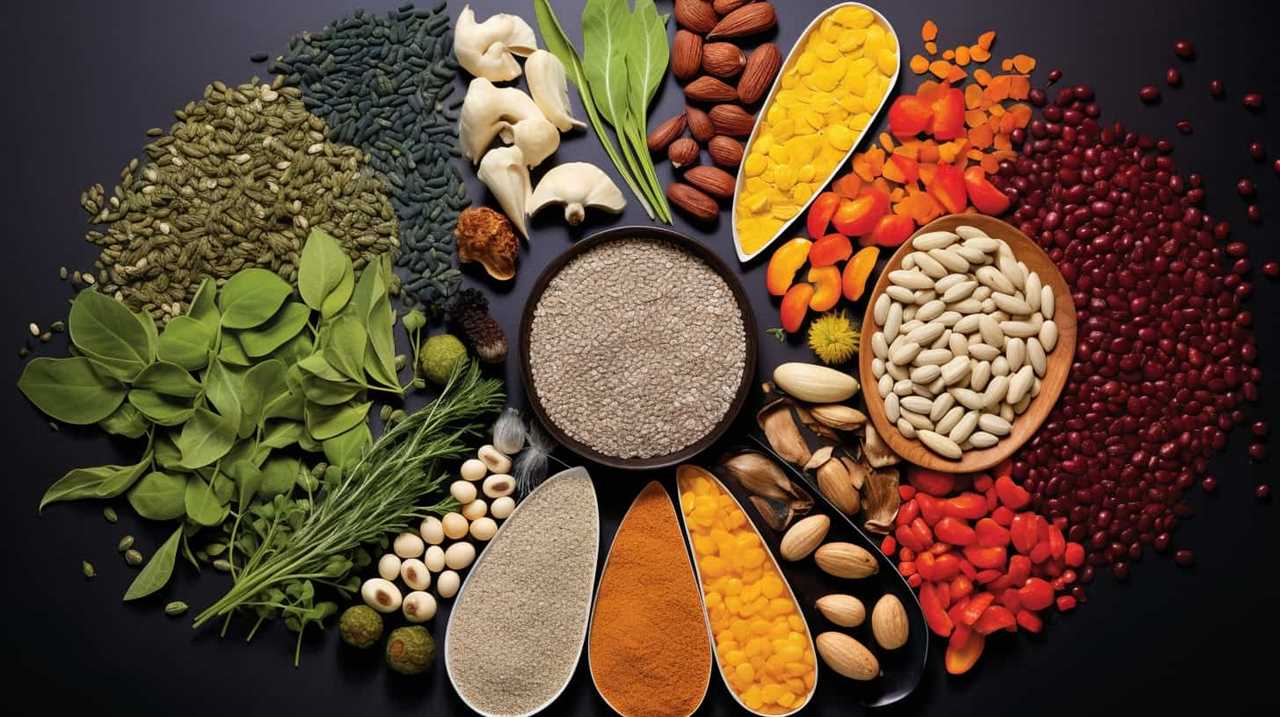
Chia Seed Smoothie Bowls for a Nutritious Start
To continue exploring the versatility of chia seeds in gluten-free breakfast options, let’s delve into the goodness of Chia Seed Smoothie Bowls for a nutritious start to your day.
Chia seeds are a rich source of fiber, protein, and omega-3 fatty acids, making them an excellent addition to your morning routine.
Smoothie bowls are a great way to enjoy the benefits of chia seeds while also incorporating other nutritious ingredients. Start by blending your favorite fruits, such as berries or bananas, with a liquid base like almond milk or coconut water.
Then, add a tablespoon or two of chia seeds to the mixture and let it sit for a few minutes to thicken.
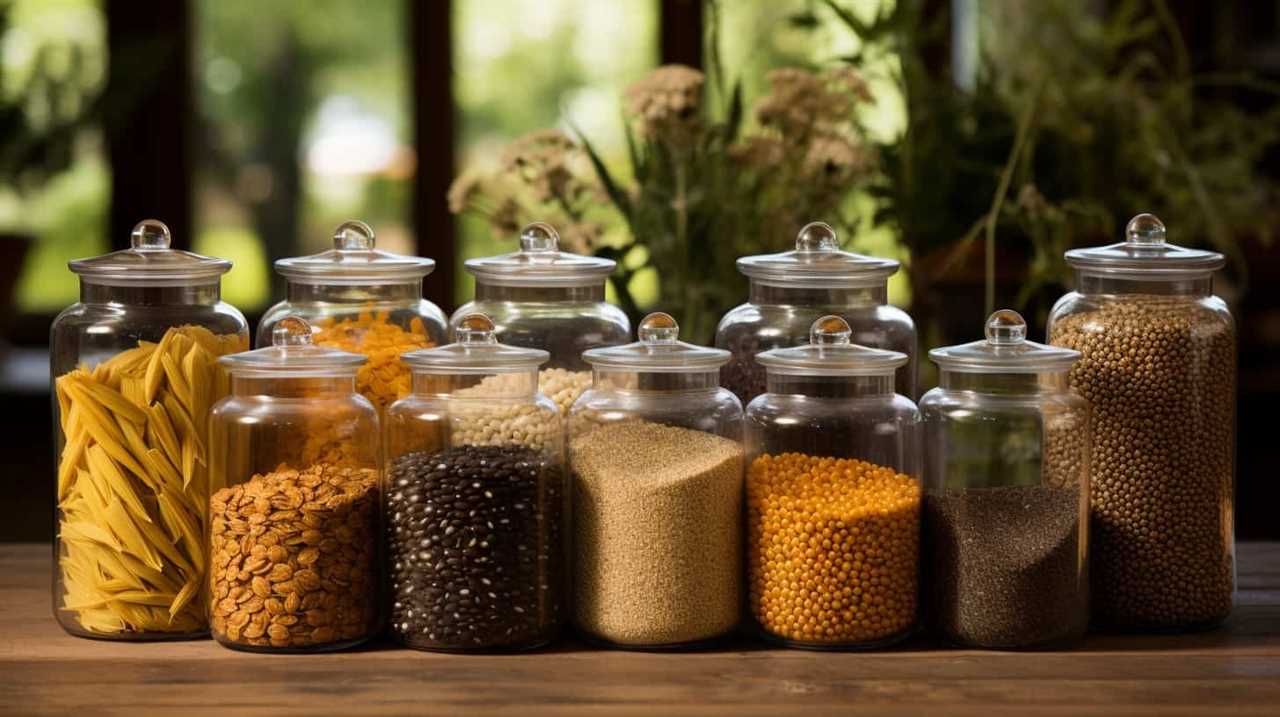
Finally, top your smoothie bowl with your choice of toppings, such as granola, nuts, or fresh fruit.
Chia seed smoothie bowls are a delicious and filling breakfast option that will keep you energized throughout the morning.
Creative Ways to Incorporate Chia Seeds in Breakfast
Let’s explore some creative ways to incorporate chia seeds into our breakfasts. Chia seeds are tiny powerhouses of nutrition, packed with fiber, protein, and omega-3 fatty acids. They can be a great addition to our morning meals, providing energy and promoting overall health.
Here are five delicious ways to incorporate chia seeds into our breakfast routine:

- Chia Seed Pancakes: Add a tablespoon of chia seeds to your pancake batter for an extra boost of nutrition. The chia seeds will add a subtle crunch and enhance the texture of the pancakes.
- Chia Seed Overnight Oats: Mix chia seeds with your favorite milk, oats, and a sweetener of your choice. Let it sit overnight, and in the morning, you’ll have a creamy and nutrient-packed breakfast ready to enjoy.
- Chia Seed Pudding: Combine chia seeds, milk, and your favorite flavors like vanilla or cocoa powder. Let it set in the refrigerator for a few hours or overnight, and you’ll have a satisfying and nutritious pudding-like breakfast.
- Chia Seed Smoothie: Blend chia seeds with your favorite fruits, yogurt, and a liquid of your choice for a refreshing and filling smoothie. The chia seeds will add thickness and provide an extra nutritional punch.
- Chia Seed Yogurt Parfait: Layer chia pudding, yogurt, and fresh fruits in a glass or jar for a visually appealing and nutritious breakfast. Customize it with your favorite toppings like nuts or granola for added texture.
Incorporating chia seeds into our breakfasts is a simple and delicious way to boost our nutrient intake and start the day off right. So go ahead and get creative with these ideas, and enjoy the benefits of chia seeds in your morning routine.
Frequently Asked Questions
Are Chia Seeds Gluten-Free?
Yes, chia seeds are gluten-free. They are a great gluten-free baking alternative and can be used in various recipes, like chia seed pudding. They are nutritious, versatile, and can add a boost of fiber and omega-3 fatty acids to your breakfast.
How Do Chia Seeds Benefit Our Health?
Chia seeds benefit our health by providing a rich source of omega-3 fatty acids, fiber, and antioxidants. Incorporating them into our diet through chia seed pudding recipes or adding them to smoothies can support heart health and aid digestion.
Can Chia Seeds Be Used in Savory Breakfast Recipes?
Yes, chia seeds can be used in savory breakfast recipes. We love making chia seed breakfast bowls with fresh veggies and herbs. It’s a delicious and nutritious way to start the day!
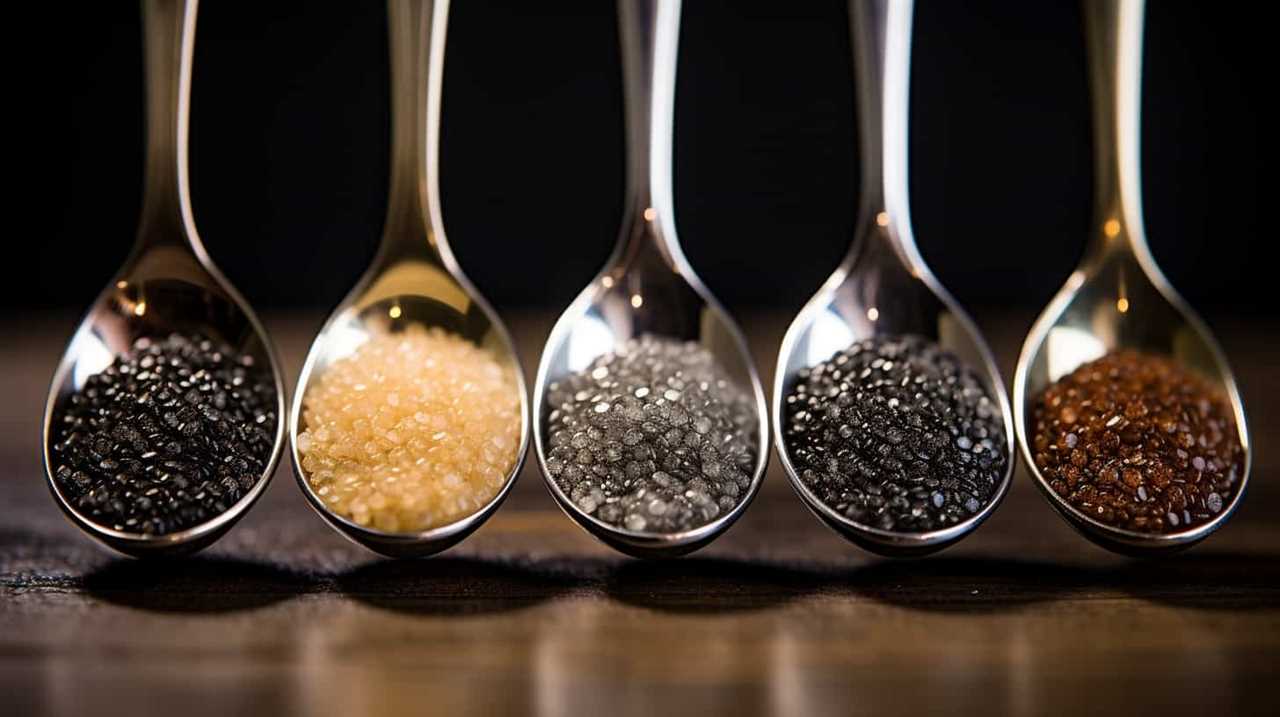
Can Chia Seeds Be Used as an Egg Substitute in Gluten-Free Breakfast Recipes?
Chia seeds can indeed be used as an egg substitute in gluten-free breakfast recipes. They act as a binder and work well in vegan breakfast recipes too. They’re a nutritious and versatile addition to your morning routine.
How Can Chia Seeds Be Incorporated Into Baked Goods for a Gluten-Free Breakfast?
Chia seeds can be incorporated into baked goods for a gluten-free breakfast by making gluten-free chia seed pancakes or chia seed granola bars. These recipes provide a healthy and delicious way to enjoy the benefits of chia seeds in the morning.
Conclusion
Incorporating chia seeds into your gluten-free breakfasts is a simple and nutritious way to start your day. These tiny powerhouses offer a wealth of benefits, from providing essential nutrients to aiding in digestion. Whether you choose to enjoy chia pudding or whip up a chia seed smoothie bowl, these quick and easy recipes are the perfect way to fuel your morning.
So why not give these secret gluten-free breakfast recipes a try and add a dash of deliciousness to your mornings?
